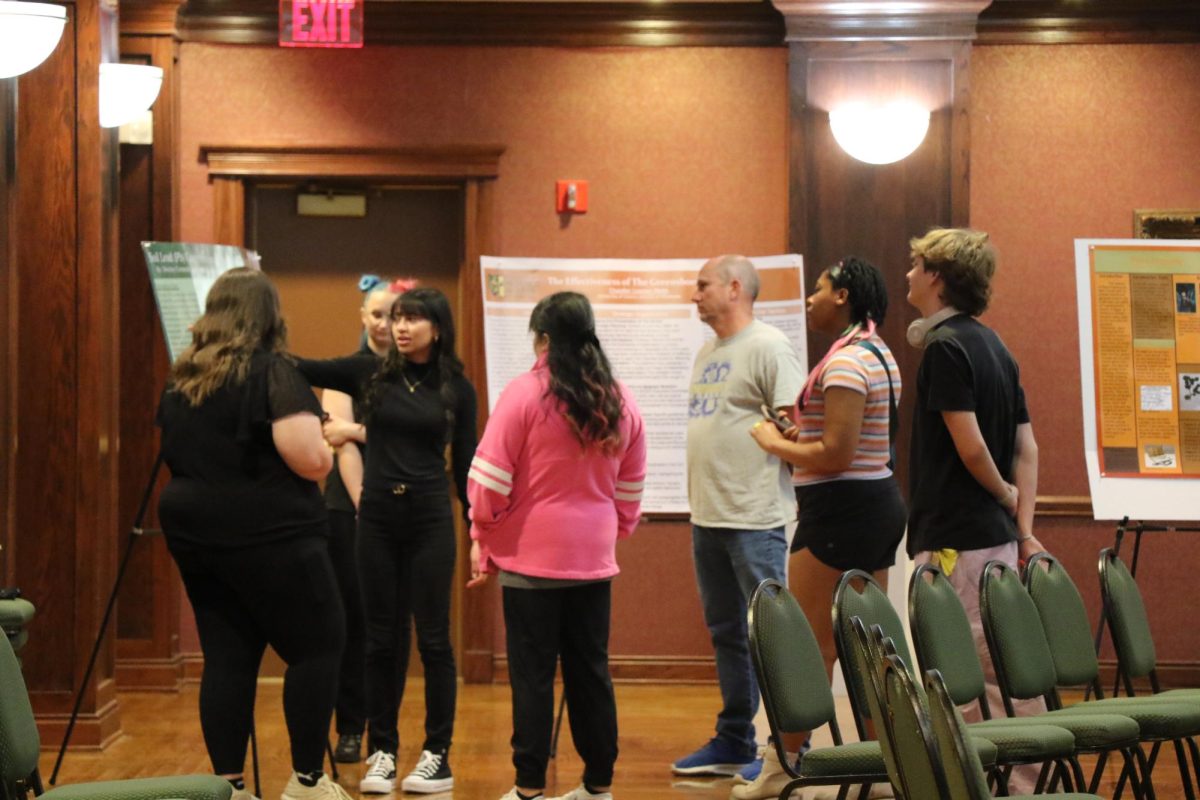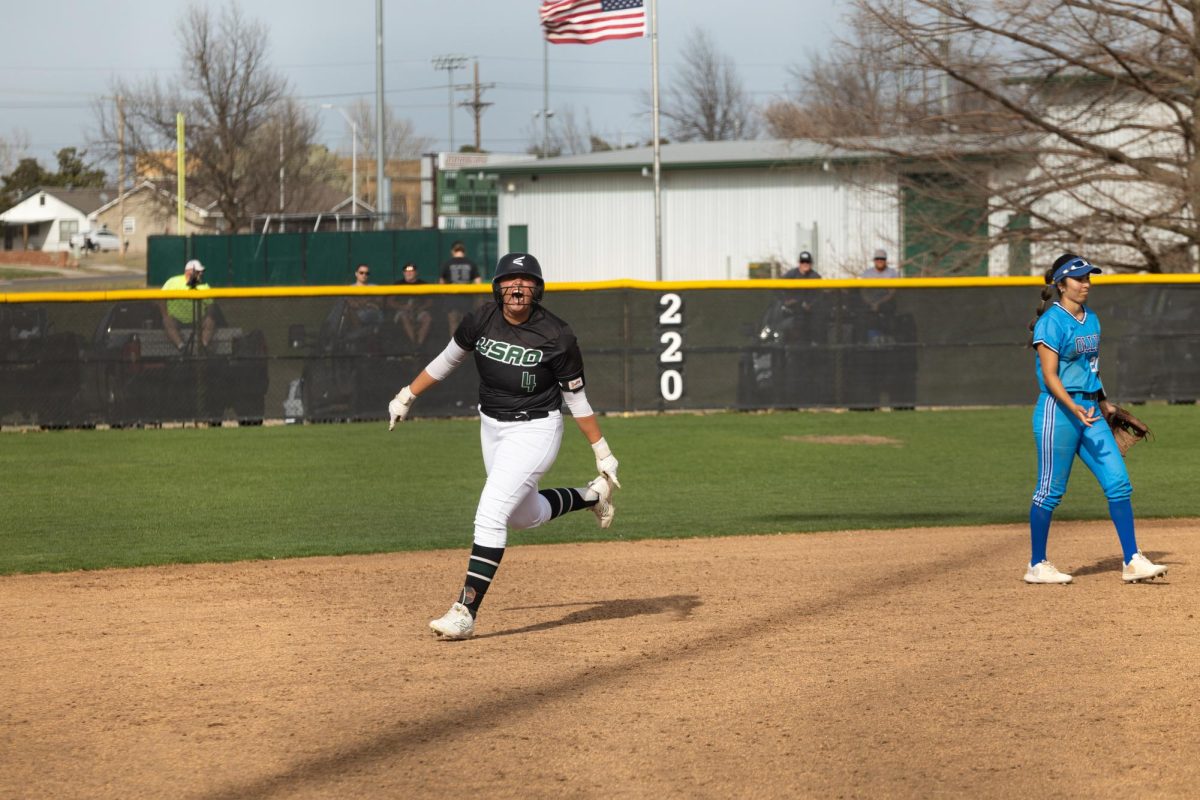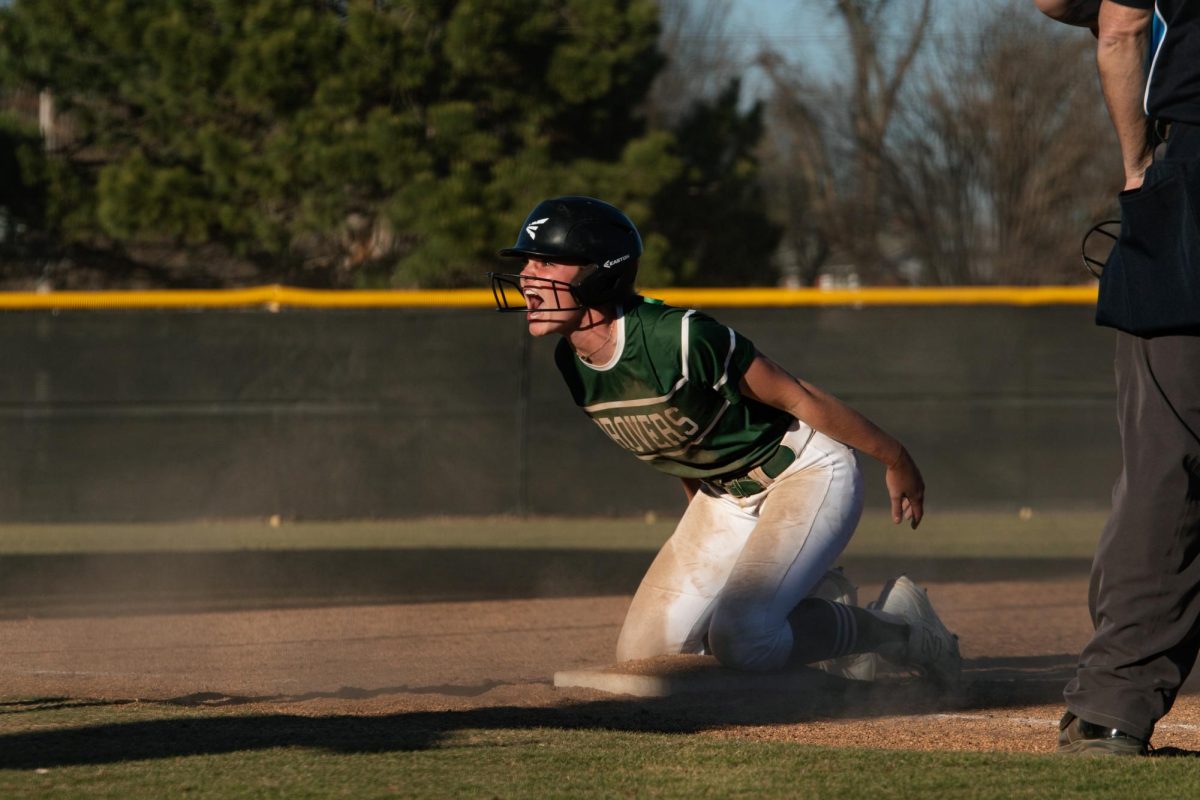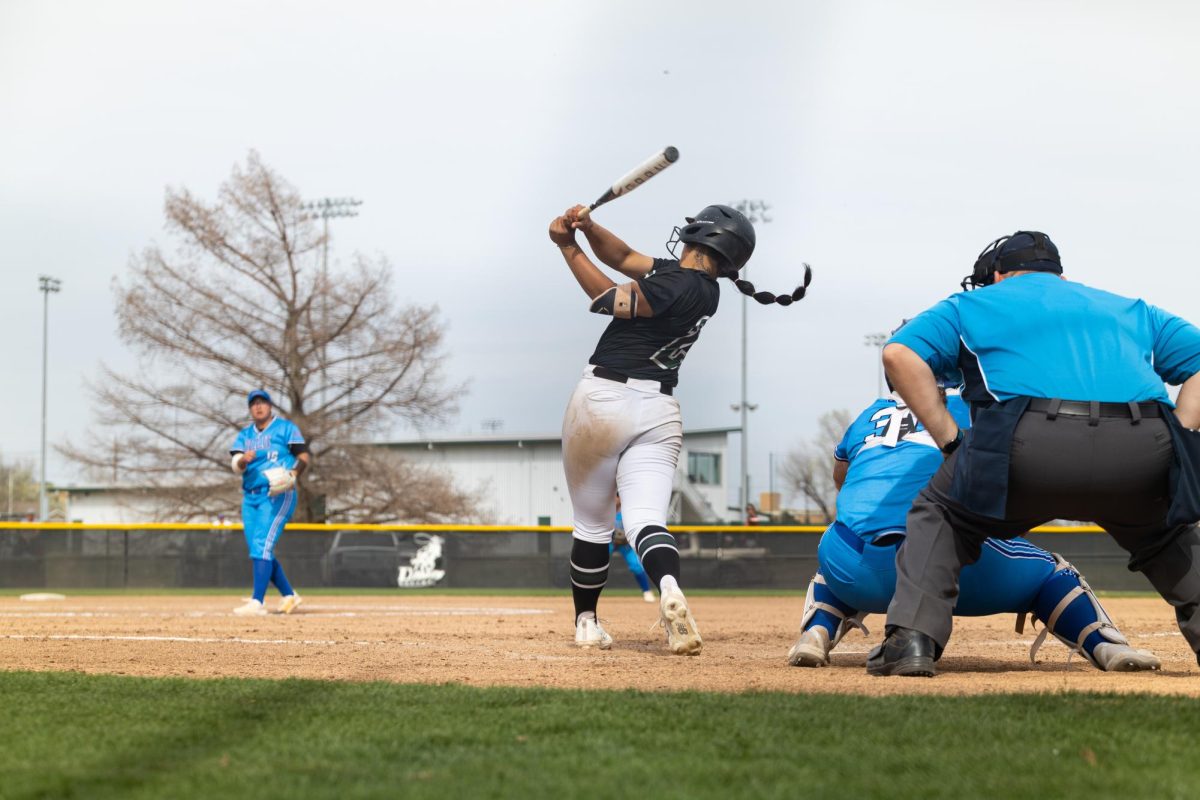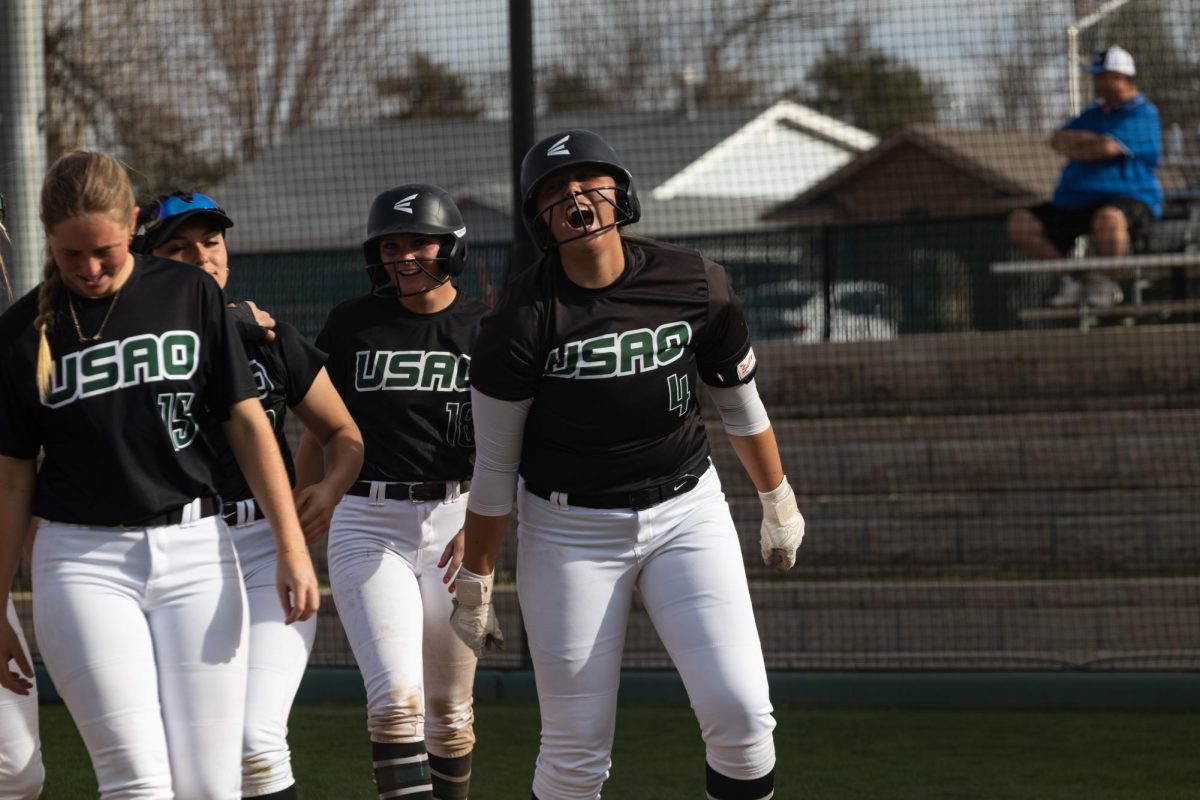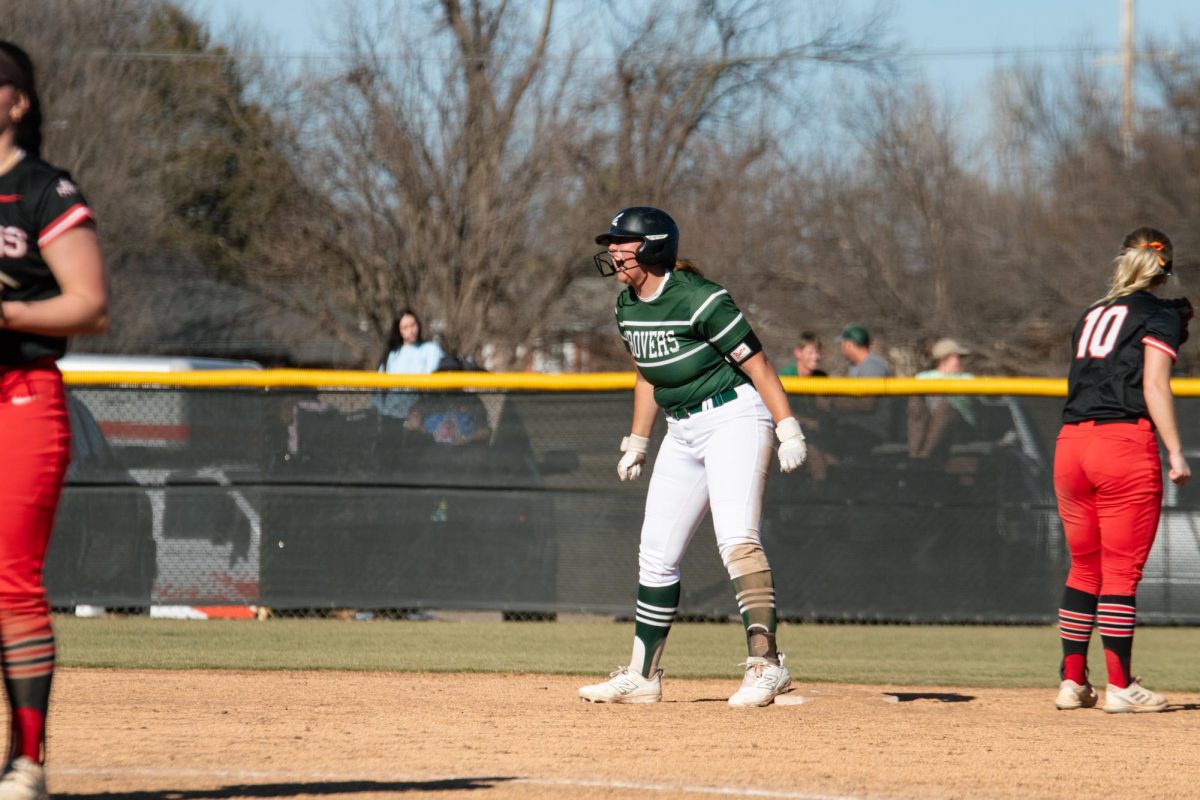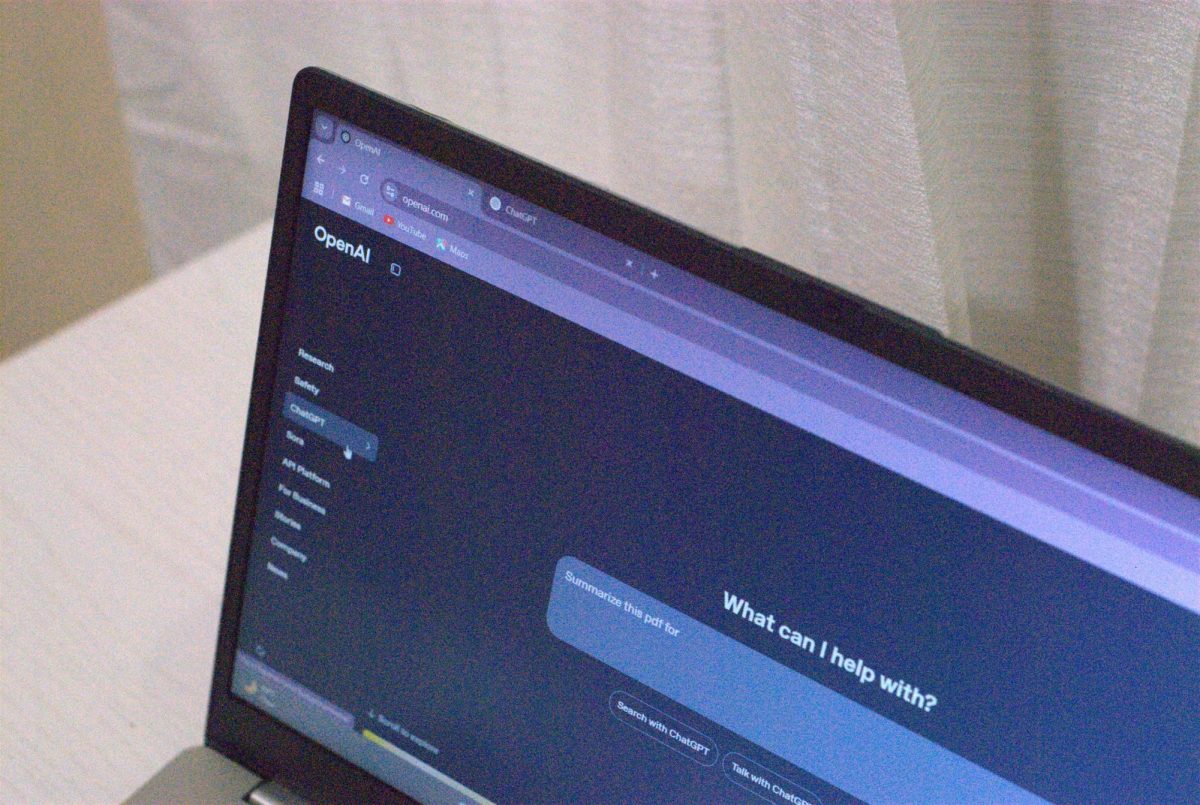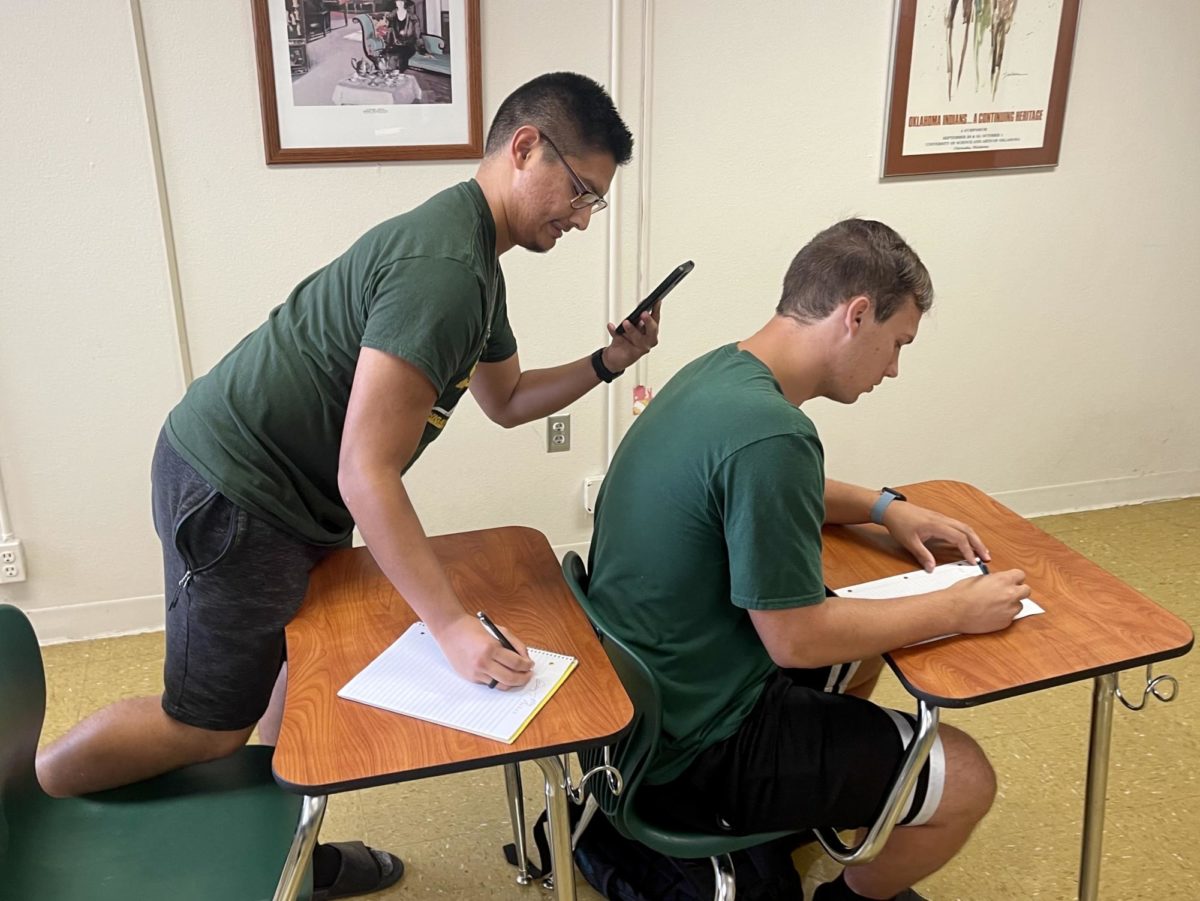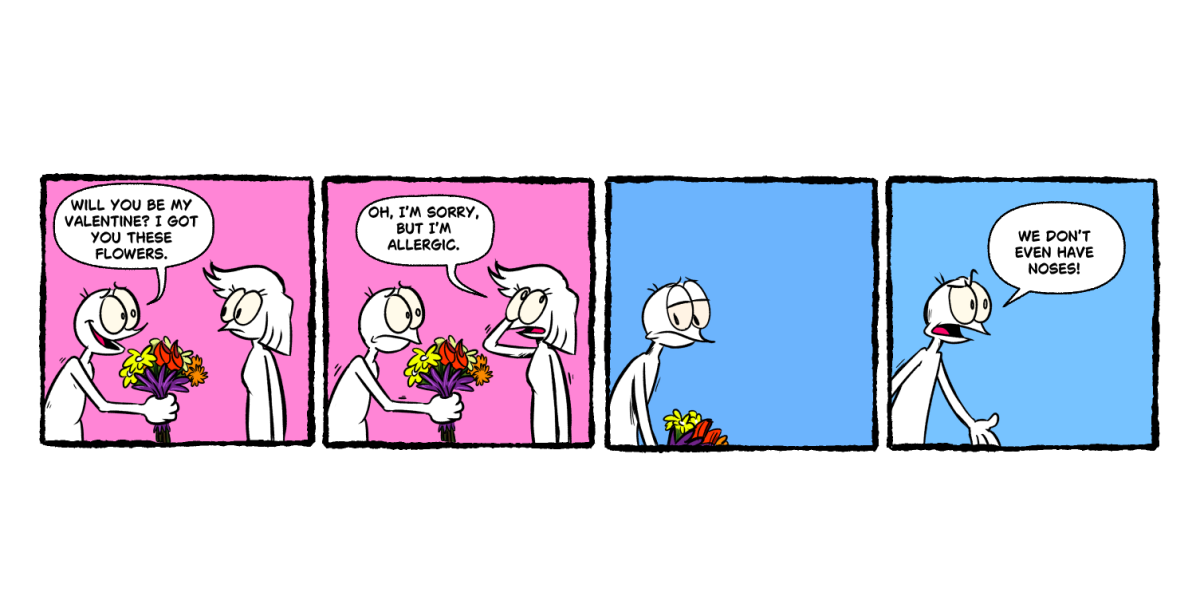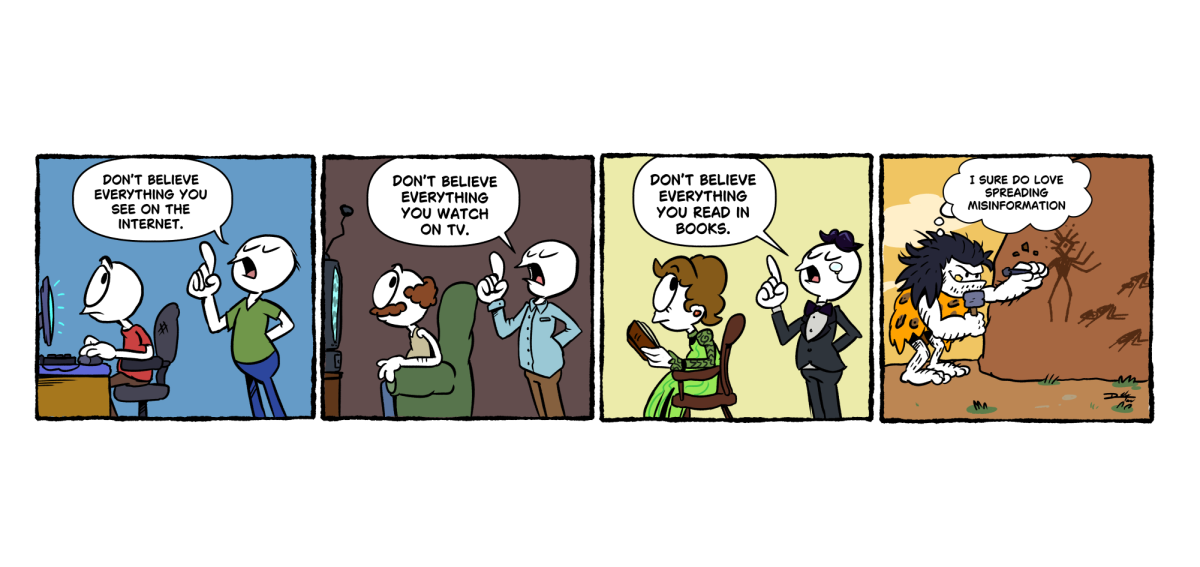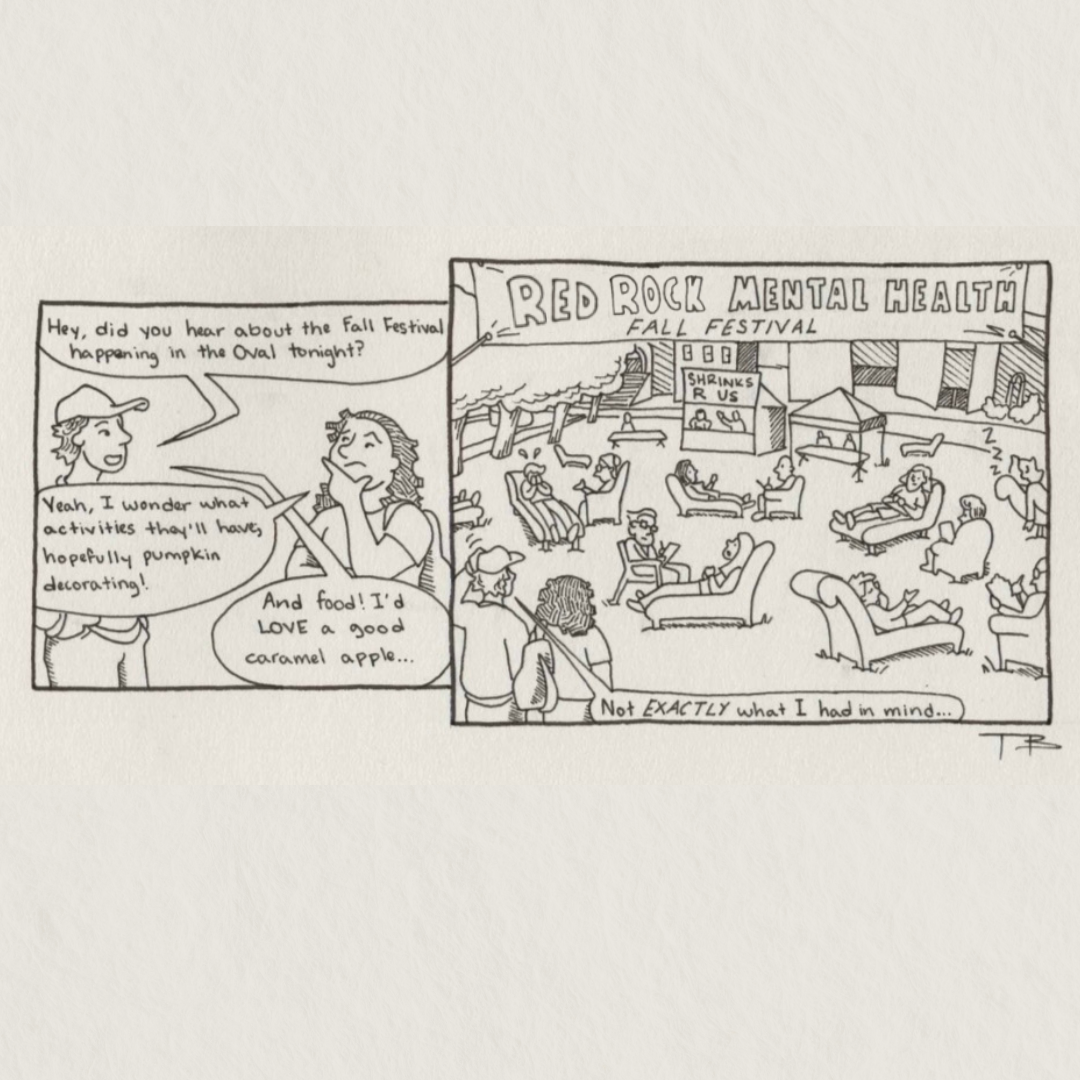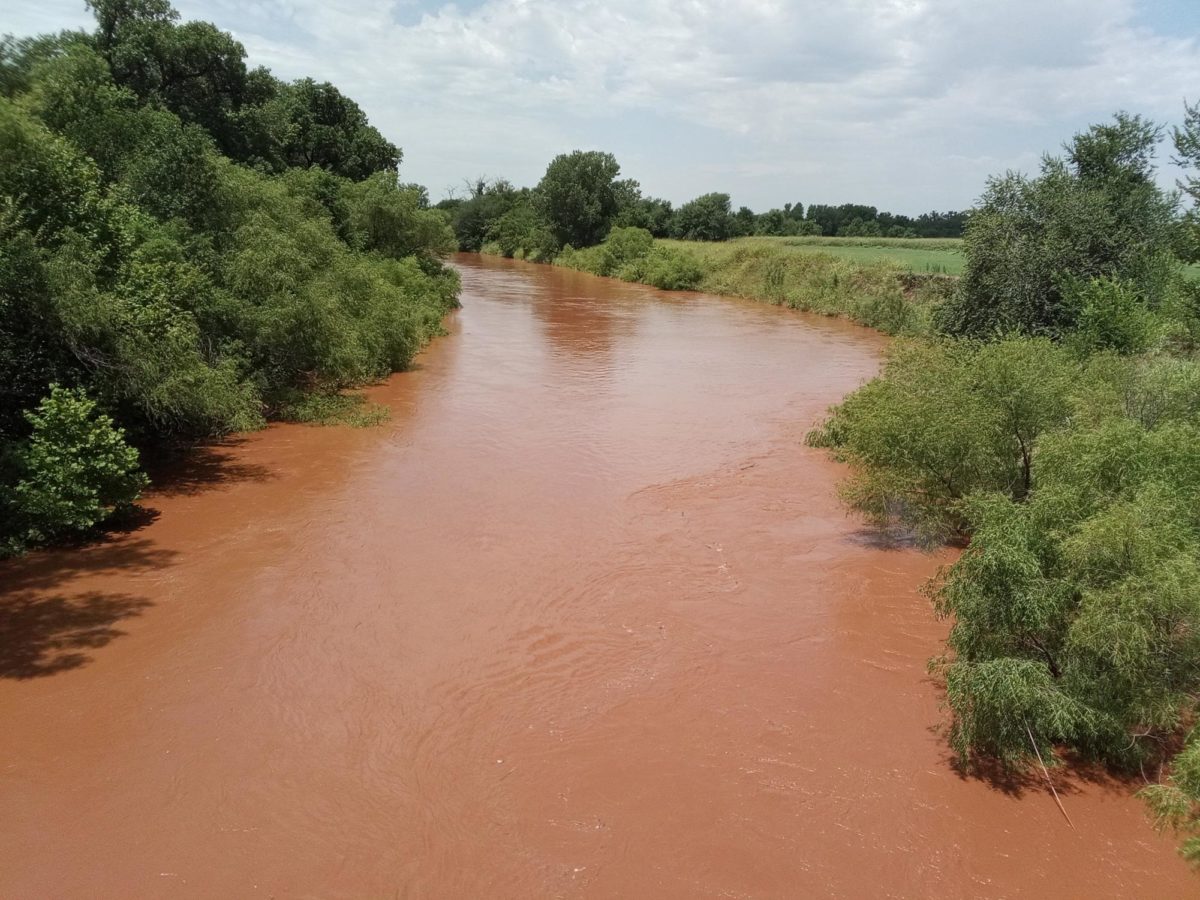This is the time of the year where the grass starts turning brown, people start begging for rain, and they ask, “when will it get cold?”
While the summer heat is certainly here, the rain has stuck around as well, even into mid-July. This is something that doesn’t seem like a typical Oklahoma summer.
During late April, May, and early June, heavier rainfall is expected as this is the primary rainy season in Oklahoma. The April showers might have brought the May flowers, but the showers lasted all of June and into July.
However, I do welcome the rain, as the cloud cover helps cool the air and the rain brings a nice smell. When the rain is done pouring though, it causes the atmosphere to feel very humid. You can walk outside and it feels the same as walking into a greenhouse. The air feels very thick causing you to sweat due to the heat. If you are someone who wears glasses like me, then your sight is momentarily cut off as your lenses waste no time fogging up.
It is normal for there to be no rain chances for two weeks, with the high temperature to be at least 100 degrees with nighttime lows in the 80s. The hot temps are there, but there is still rain in the forecast for July. The fact that we have rain chances over the next two weeks in July is something that baffles me.
I am not saying I want there to be drought and miserable heat, but the lack of drought has me scratching my head.
This doesn’t seem to be limited to just Oklahoma, with many more states experiencing the same weather.
The copious amounts of rainfall have not gone unnoticed. Articles from the Washington Post and the News International have also voiced their confusion about these weather habits.
I also have the same question as they do: Why?
The article put forth by the Washington Post seems to list global warming as the culprit for the abundant rainfall. Because of higher weather temperatures, this has caused more rain and flooding across America.
The Washington Post goes on to explain that the warming temperatures means more moisture in the air from the Gulf of Mexico, giving fuel to more intense weather patterns and storms. The Post said the temperature has increased by about two degrees Fahrenheit since before the Industrial Revolution. The warmer temps means more evaporation from the Gulf, and gives potential storms much more power. Why does the moisture from the Gulf of Mexico cause global warming? When these storm systems form, they can potentially produce much more rain to the areas they visit.
This certainly seems to be the case this summer, with rainfall being evident throughout Grady County.
I have noticed rivers jumping their banks and fields that have somewhat been flooded around the Chickasha area. It was in fact this observation that has led me to write about this topic.
According to the Mesonet, a small automated weather station located just outside of several Oklahoma towns used to measure rainfall and temps, Chickasha has received 5.81 inches of rain during the month of July, up to July 13. The Mesonet cites an average of 2.42 inches for the month of July, so it is safe to say the average was blown out of the water this month.
The rainfall patterns this summer are certainly strange, as in July 2022, Chickasha received only 0.01 inches of rain. The area has not seen this kind of rain since July 2013, when Chickasha received 5.71 inches for the entire month.
While I don’t expect the rain to immediately go away, I am interested to see how the rest of the summer will play out rain-wise. Will the storms keep coming, giving us unbearable humidity? Will the clouds blow away, giving us our classic summer of brown grass and drought? Either way, summer in Oklahoma never fails to deliver in its harsh temps and heat.
Paul Tointigh is a fourth-year Communication major at the University of Science and Arts of Oklahoma.




